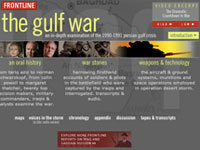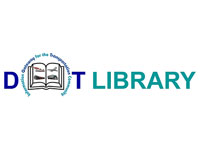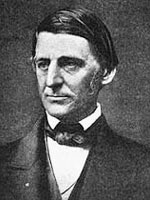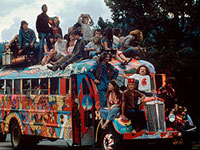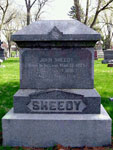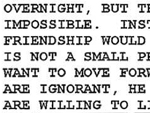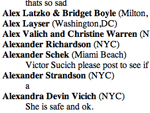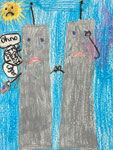A project of the National Endowment for Humanities (NEH), Verizon Thinkfinity, and the National Trust for the Humanities, EDSITEment gathers together original K-12 lesson plans and links to websites and interactive activities from around the web, in the subject areas "Arts and Culture," "Foreign Language," "Literature and Language Arts," and "History and Social Studies."
For U.S. history and social studies teachers, the heart of the site lies in the "Lesson Plans" section. Visitors can browse more than 376 lesson plans, filterable by topic, grade level, or time required to teach. Lesson plans range across all of U.S. history, and include 12 lessons designed to accompany NEH's Picturing America resources and 53 designed for its We the People program. Each plan is divided into three sections: "The Lesson," "The Basics," and "Resources." "The Lesson" lays the lesson out, including an introduction, guiding questions and learning objectives, the lesson's activities, assessment, and ideas for extending the lesson. "The Basics" gives the lesson's suggested grade level, time required, the subject areas it covers, and its authors. "Resources" rounds up required worksheets and primary sources for download.
A valuable resource for teachers looking for ready-to-go lesson plans and guidance around the web.
If these lesson plans aren't enough, visitors can pick the topic "History and Social Studies" on the "Websites" page. Here, visitors can browse short annotated links to more than 219 websites, vetted by humanities specialists. (Unfortunately, this page has no dedicated search function.)
Still not enough? Visitors can also choose the topic "History and Social Studies" on the "Student Resources" page, and browse more than 124 annotated links to interactive and media features from around the web, filterable by grade level and type of resource.
EDSITEment also offers "NEH Connections," describing and linking out to teaching and learning resources funded by NEH, ranging from books and articles to professional development events, a calendar of historical events (clicking on an event links the visitor to lesson plans and other resources related to the event), and "After School" activities—five social studies and culture-related activities that students can carry out in their communities. The "Reference Shelf," under development, currently presents articles on internet browsing and assessing online resources and links to standards.
Visitors can search the entire site by keyword, grade level, subject area, and resource type using the search bar at the top right of the site. They may also sign up for the site newsletter, volunteer to write or revise lesson plans, or nominate websites for inclusion.
Overall, a valuable resource for teachers looking for ready-to-go lesson plans and guidance around the web.
Teaching Holidays
Looking for resources for Constitution Day? EDSITEment collects a roundup of Constitution Day resources, including 11-item bibliography and webographies and links to relevant EDSITEment lesson plans, interactives related to the Constitution, and the full text of the Constitution in English and Spanish. The collection also links to an EDSITEment spotlight on the Constitution, highlighting more resources and providing orientation to the document and to teaching and learning more about it.
EDSITEment also looks at what led up to the creation of the Constitution (and the Articles of Confederation). In its Fourth of July feature, EDSITEment highlights more than 20 lesson plans on African Americans in the 18th and early 19th centuries, colonial protests, the Declaration of Independence, the Founders, religion's place in colonial America, and the Revolutionary War.
